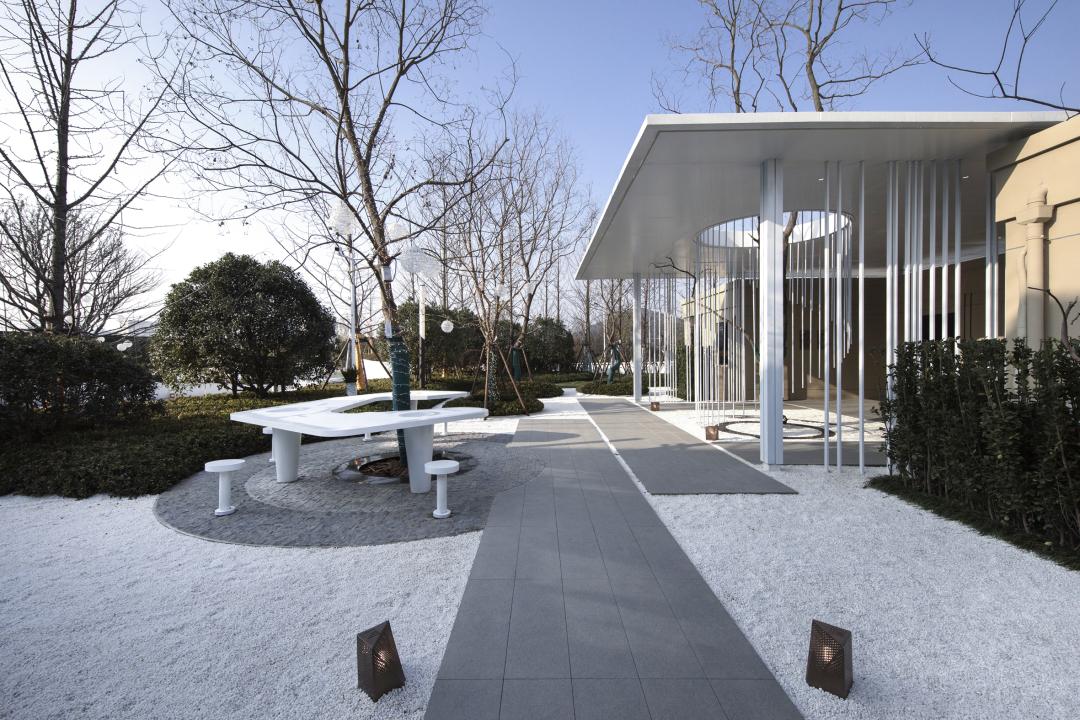Peter Brook's The Empty Space: A Journey Through the Art of Theatre
Title: "Unlocking the Art of Emptiness: A Deep Dive into Peter Brook's The Empty Space"In the ever-evolving landscape of theatre, Peter Brook's "The Empty S……
Title: "Unlocking the Art of Emptiness: A Deep Dive into Peter Brook's The Empty Space"
In the ever-evolving landscape of theatre, Peter Brook's "The Empty Space" stands as a testament to the power of minimalism and the raw, unadulterated expression of human emotion. This captivating production, originally performed in 1975, challenges conventional notions of storytelling and performance, offering audiences a unique and profound theatrical experience.
Brook, renowned for his innovative approach to theatre, delves into the concept of "emptiness" as a canvas for the exploration of human experience. The Empty Space, performed by his company, The Theatre Centre, eschews traditional sets and props, instead relying on a sparse, almost austere stage design. This minimalist approach forces the audience to engage with the performance on a deeper, more visceral level, stripping away the distractions of elaborate staging and focusing instead on the raw interactions between actors and the audience.

The Empty Space is not merely a play; it is an immersive experience that transcends the boundaries of traditional theatre. Brook's direction encourages a sense of immediacy and intimacy, as the audience becomes complicit in the creation of the performance. The minimalist setting allows the actors' performances to take center stage, with each movement, word, and gesture amplified by the absence of distractions.
One of the most striking aspects of The Empty Space is its exploration of silence and stillness. Brook uses these elements not as mere pauses in the action, but as powerful tools in their own right. Moments of silence and stillness create a palpable tension in the air, inviting the audience to contemplate the deeper meanings and emotions underlying the narrative.

The play's narrative, while fragmented and abstract, is rich with symbolism and metaphor. Through a series of vignettes, Brook weaves together themes of isolation, connection, and the search for meaning. The performances are raw and intense, with actors often engaging directly with the audience, breaking the fourth wall and creating a sense of immediacy and intimacy.
The Empty Space is a profound meditation on the human condition, exploring the depths of our emotions and the search for meaning in an often chaotic and unpredictable world. Brook's direction is both subtle and powerful, guiding the audience through a journey of self-discovery and reflection.

In conclusion, Peter Brook's The Empty Space is a masterful exploration of the power of minimalism and the raw, unadulterated expression of human emotion. Through its sparse, almost austere stage design and fragmented narrative, the play invites the audience to engage with the performance on a deeper, more visceral level. The Empty Space is a testament to the enduring power of theatre to challenge our perceptions, provoke thought, and inspire introspection. For anyone interested in the art of theatre and the exploration of human experience, Peter Brook's The Empty Space is a must-see production.